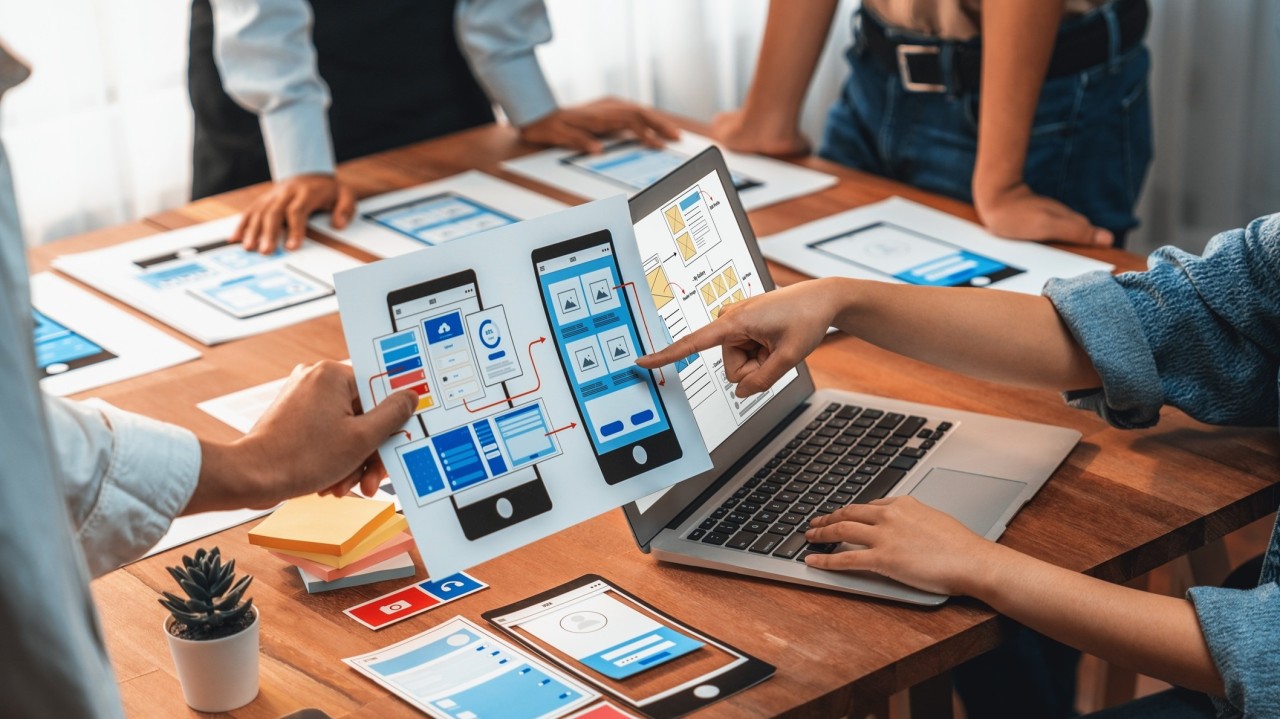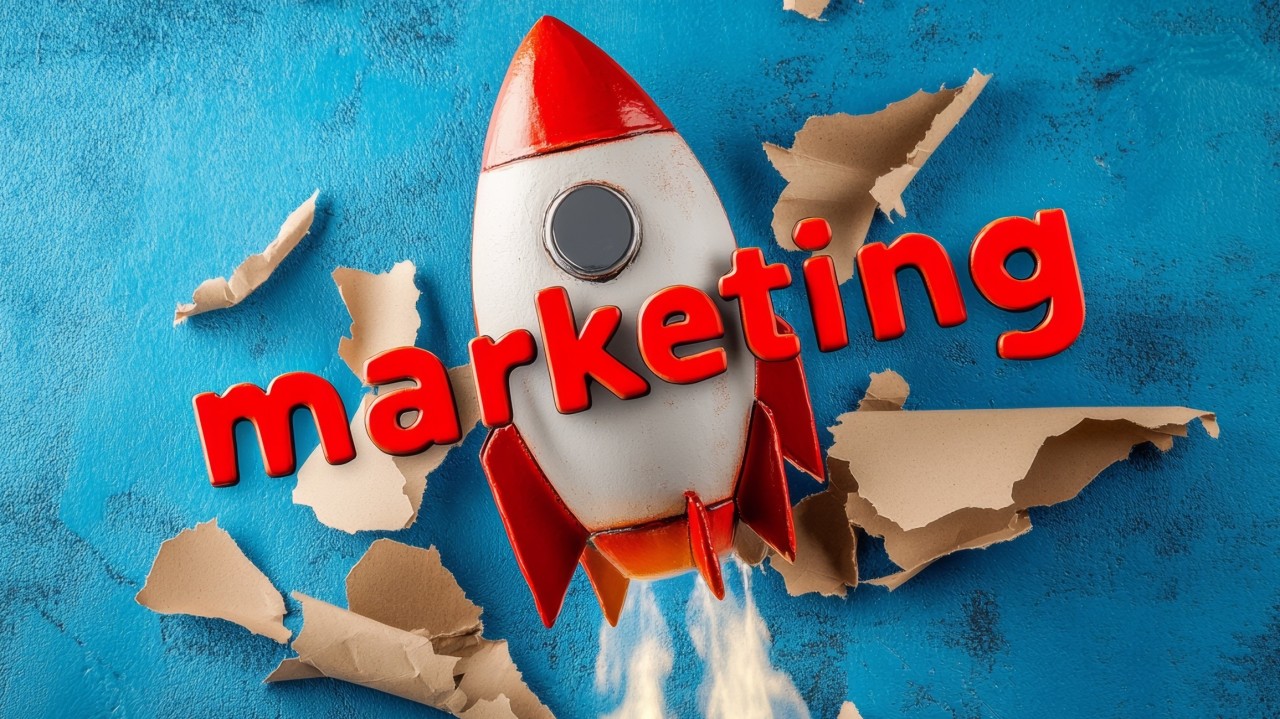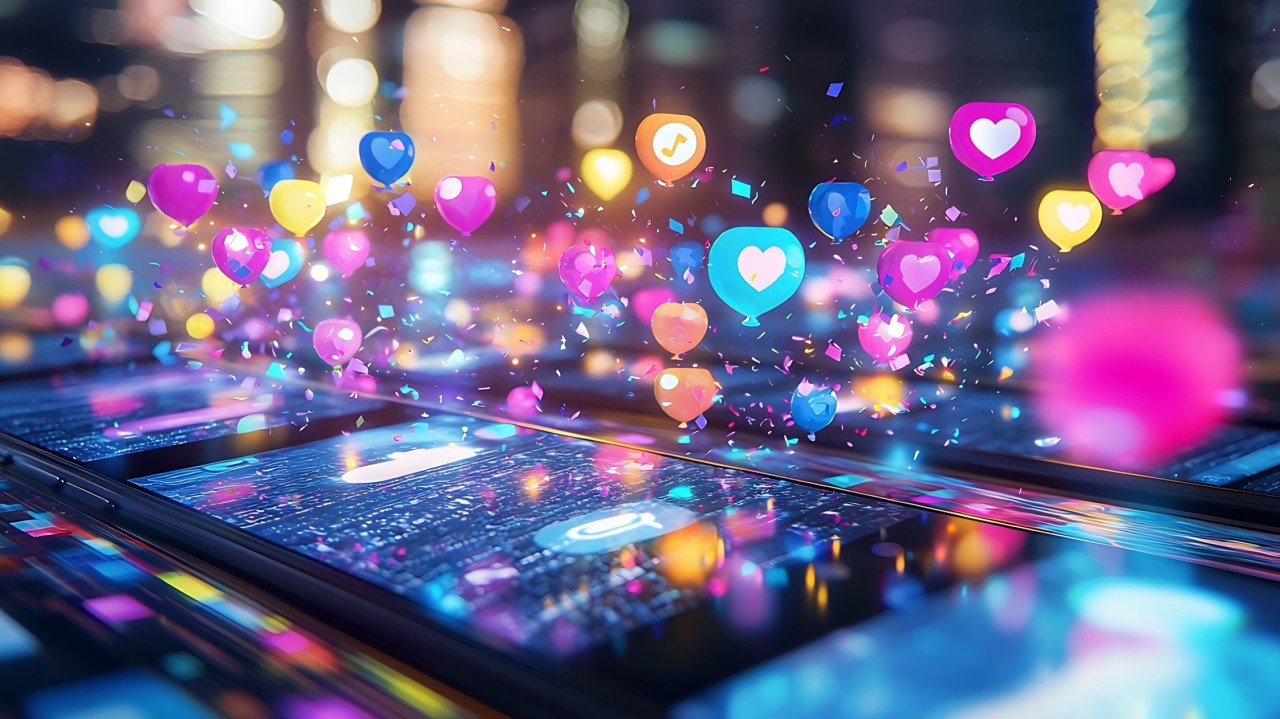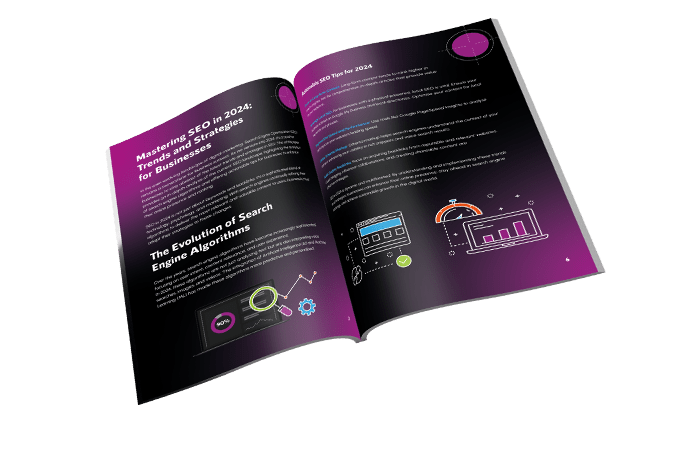News
AR & VR: The Next Graphic Design Frontier
The digital marketing landscape is evolving rapidly, with new technologies reshaping the way brands communicate with their audiences. Among these innovations, Augmented Reality (AR) and Virtual Reality (VR) stand out as the next frontiers for graphic design. These immersive technologies are not just transforming the way users interact with digital content but are also influencing the design strategies and marketing efforts of businesses worldwide. In this article, we explore how AR and VR are revolutionising graphic design in the realm of digital marketing, their impact on user experience, and how businesses can leverage these technologies to stay ahead of the curve.
The Rise of AR and VR in Digital Marketing
Augmented Reality and Virtual Reality have been around for some time, but recent advancements in hardware, software, and mobile applications have propelled them into the mainstream. As of 2023, the global AR and VR market was valued at approximately $30.7 billion and is expected to grow at a compound annual growth rate (CAGR) of 15.2% from 2023 to 2030 (Grand View Research, 2023). This rapid expansion signals a shift in how businesses are approaching marketing and user engagement, with AR and VR technologies becoming key tools for creating more engaging, immersive experiences.
For businesses, the real power of AR and VR lies in their ability to blur the lines between the digital and physical worlds. With AR, digital elements are overlaid onto the real world, allowing users to interact with them through their smartphones or AR glasses. In contrast, VR immerses users entirely in a digital environment, often using headsets that block out the physical world. Both technologies offer unique opportunities for graphic designers to create experiences that go beyond traditional 2D designs.
How AR and VR Are Changing Graphic Design in Digital Marketing
1. Immersive Brand Experiences
One of the most exciting applications of AR and VR in digital marketing is their ability to create immersive brand experiences. Gone are the days when static banners and billboards were the pinnacle of advertising. Today, brands are using AR and VR to offer customers an interactive journey that brings the brand to life in ways that were previously unimaginable.
In VR, brands can create entirely virtual worlds that allow users to experience their products or services in a fully immersive environment. This can range from virtual showrooms to interactive brand experiences that transport customers to another world. For example, fashion brands like Burberry and Tommy Hilfiger have experimented with VR fashion shows, allowing customers to attend runway events virtually. This not only engages users but also strengthens the emotional connection between the brand and its audience.
AR, on the other hand, allows brands to overlay interactive content on the real world, providing a seamless blend of physical and digital experiences. A well-known example is the IKEA Place app, which allows users to visualise furniture in their own homes before making a purchase. Through AR, the app places 3D models of IKEA furniture into the user’s space using their smartphone camera, helping them make more informed purchasing decisions. This kind of interactivity enhances the user experience, making it more personal and engaging, which is critical in today’s competitive digital landscape.
2. Enhanced User Interaction and Engagement
AR and VR present exciting opportunities for graphic designers to rethink how they approach user interaction and engagement. Traditional digital experiences, such as websites and social media posts, often rely on passive engagement—users scroll, click, or swipe through content. However, with AR and VR, users become active participants in the experience, with the ability to interact with objects and environments in real time.
For graphic designers, this shift means they must now think about user journeys in a more dynamic and experiential way. In AR, the user can manipulate the digital content in their environment, while in VR, the user can explore and interact with a fully digital space. This change requires a deep understanding of spatial design, user navigation, and interactivity. Designers must not only create visually appealing graphics but also consider how these elements will function in a 3D, interactive context.
A good example of this is how brands are using AR for virtual try-ons. Beauty brands like L’Oréal and MAC have launched AR-powered apps that allow customers to try on makeup virtually using their smartphones. These applications use facial recognition to place digital makeup on the user’s face in real time, allowing them to experiment with different shades and styles. This type of interactive design creates a more personalised experience for the user, which increases engagement and boosts conversion rates.
3. Immersive Content Marketing
Content marketing has always been about delivering value to the audience, but AR and VR are taking this concept to the next level. Instead of just reading a blog post or watching a video, users can now experience content in an immersive environment. For instance, 360-degree videos and VR tours allow users to step into a fully realised world, whether it’s a destination, a product, or a service.
For graphic designers, this shift means moving beyond static visuals and learning to create 360-degree graphics, interactive environments, and VR content. Imagine a travel brand offering users a VR tour of a luxury resort, or a car manufacturer providing a 360-degree view of a new model. These experiences don’t just tell a story—they allow users to experience it first-hand, deepening their emotional connection to the brand.
One company making strides in immersive content marketing is the UK-based retailer, ASOS. Through AR, ASOS has developed an app that lets users “try on” clothes virtually, offering a much more engaging and practical way to shop online. This AR feature enhances the shopping experience, making it easier for customers to visualise how items will fit them, which in turn boosts their confidence in purchasing.
4. Personalisation at Scale
Personalisation has become a buzzword in digital marketing, and for good reason. Consumers expect tailored experiences, and AR and VR offer unprecedented opportunities for graphic designers to create highly personalised content. By integrating these technologies with data analytics, brands can deliver unique, tailored experiences that resonate deeply with individual users.
For example, AR can be used to tailor a user’s shopping experience based on their preferences and past purchases. As users engage with AR apps, they can receive personalised recommendations, such as suggesting products that match their style or even offering special promotions that are relevant to them. This level of personalisation not only enhances the user experience but also increases the likelihood of conversion.
In the context of VR, personalisation can take the form of bespoke virtual environments or tailored experiences based on user behaviour. For instance, a VR shopping experience could adjust its layout and product suggestions based on the user’s browsing history or purchase patterns, making the experience feel more custom-tailored and relevant.
5. Data Visualisation and Analytics
Data visualisation is another area where AR and VR are having a profound impact. As more businesses rely on data to inform their decisions, the need for compelling, easy-to-understand data presentations has never been more critical. AR and VR can transform how data is presented, making it more interactive, immersive, and accessible.
Through VR, businesses can create data-driven environments that allow users to explore complex data in 3D. For example, instead of looking at a standard graph or pie chart, users can explore the data within a fully immersive virtual space, where they can manipulate and interact with the data from all angles. This could be particularly useful in industries like finance, healthcare, or manufacturing, where understanding data is crucial for decision-making.
AR, too, can be used to enhance data visualisation. Through AR glasses or smartphones, businesses can overlay real-time data onto physical spaces, allowing users to interact with and visualise data in context. Imagine a designer working with a client, and as they walk through a space, the client can view real-time data about a product’s performance, sales numbers, or inventory levels, all presented in 3D through their phone or glasses.
Challenges and Considerations for Graphic Designers
While AR and VR present exciting opportunities for graphic designers, there are also challenges to consider. Designing for AR and VR requires a different mindset and skill set compared to traditional 2D design. For example, VR demands an understanding of 3D space, spatial navigation, and interaction design, while AR requires designing digital elements that seamlessly integrate into the real world.
Moreover, the accessibility of AR and VR can be a barrier for some businesses, as these technologies often require specialised hardware or software, which can be expensive. However, as technology continues to improve and become more affordable, these barriers are likely to decrease.
Another challenge is ensuring that the immersive experiences are not overwhelming or disorienting for users. For VR, motion sickness can be an issue, especially for users who are not accustomed to the technology. It’s crucial for designers to prioritise comfort and ease of use when creating VR content to ensure a positive experience.
The Future of AR and VR in Digital Marketing
As AR and VR technologies continue to evolve, their applications in graphic design and digital marketing will only expand. With advancements in 5G technology, AI, and machine learning, the possibilities for AR and VR are virtually limitless. Brands that embrace these technologies early on will have a competitive edge in terms of user engagement, brand loyalty, and innovation.
For graphic designers, the future will likely see a shift towards designing for immersive experiences as the norm, rather than the exception. As businesses continue to adopt AR and VR, graphic design will increasingly focus on creating environments, interactions, and experiences that immerse users in the brand story in ways that traditional methods cannot.
In conclusion, AR and VR are set to be the next big frontier in graphic design for digital marketing. These technologies are opening up new possibilities for engagement, personalisation, and immersive content experiences that will revolutionise the way businesses connect with their audiences. By embracing AR and VR, businesses can create more meaningful, memorable experiences that not only captivate their customers but also drive real business outcomes.





The Ultimate Social Media Guide
With the ever-growing power of social media, we use the latest techniques, video, and animation software to craft eye-catching social media assets that make your brand pop. Our designers, wielding Adobe Creative tools, create distinctive animations and graphics to illuminate your brand story and highlight your products or services. Want a unique design? No problem – we also offer bespoke designs to match your brand aesthetic.